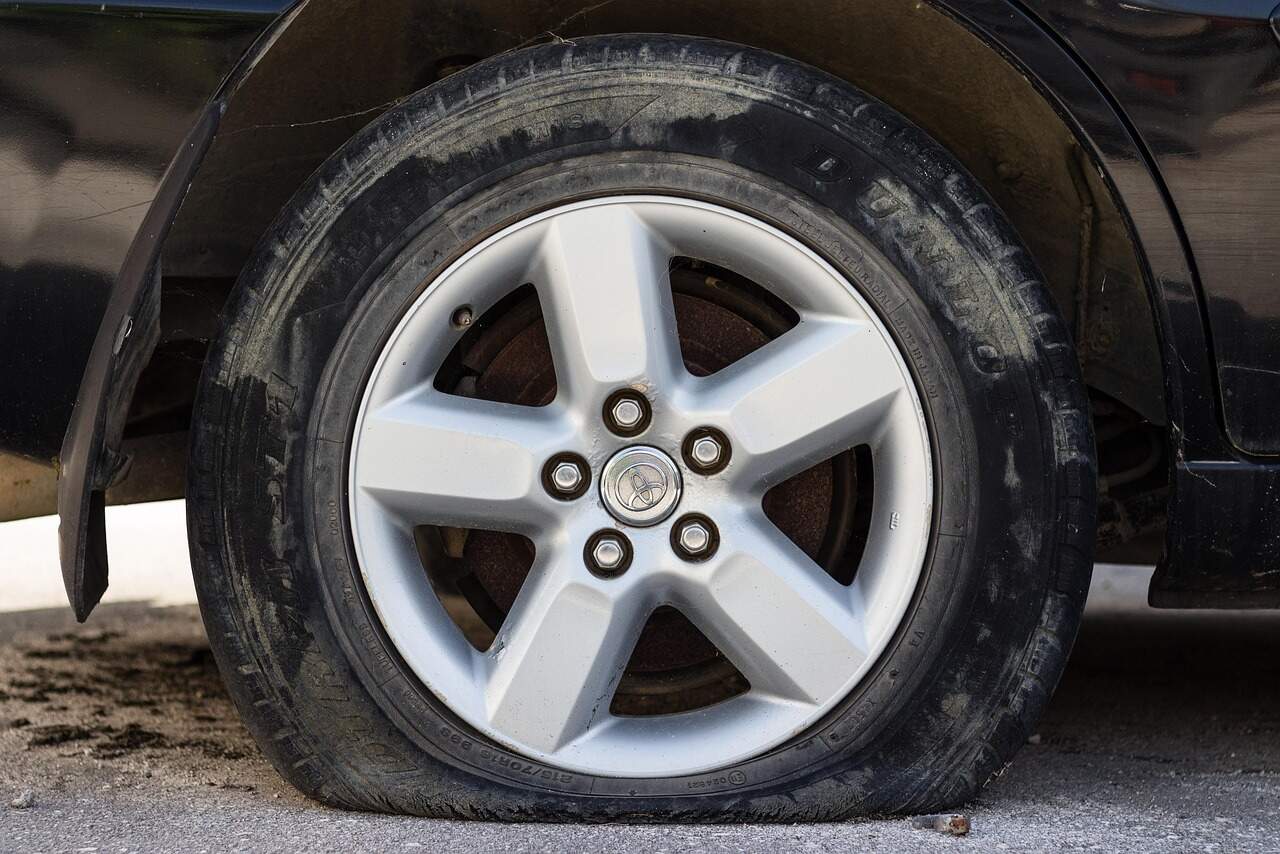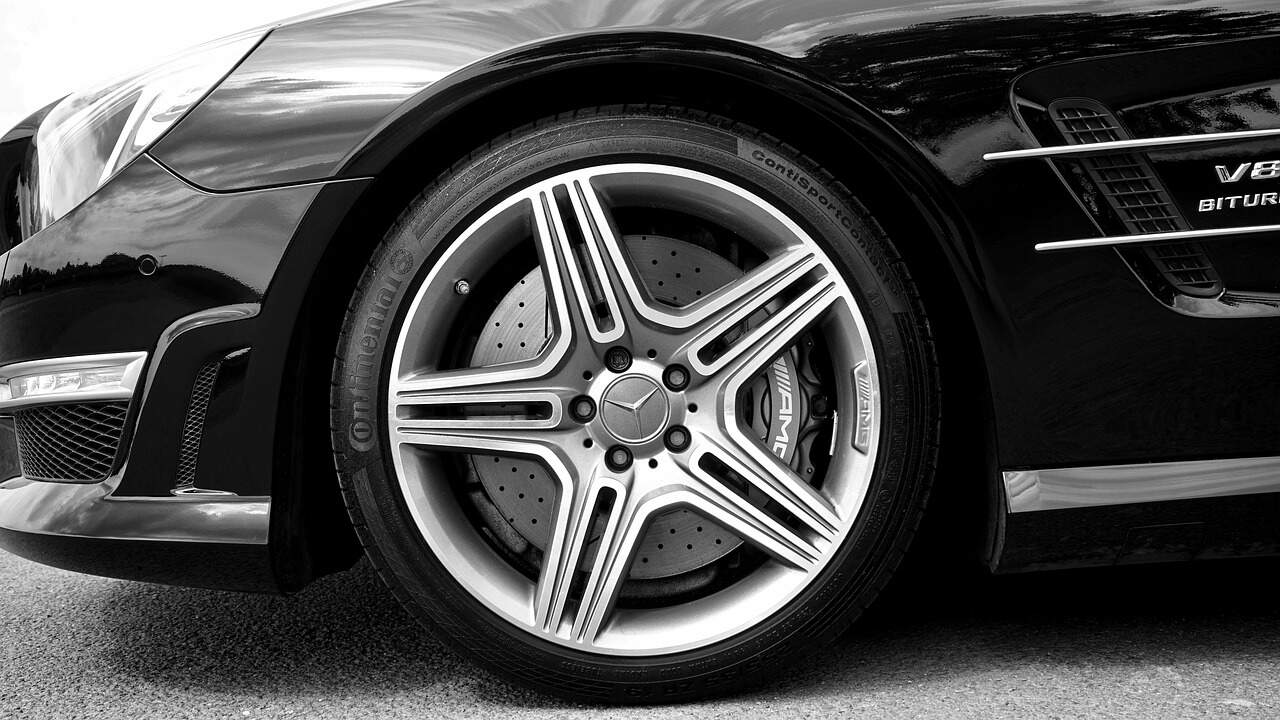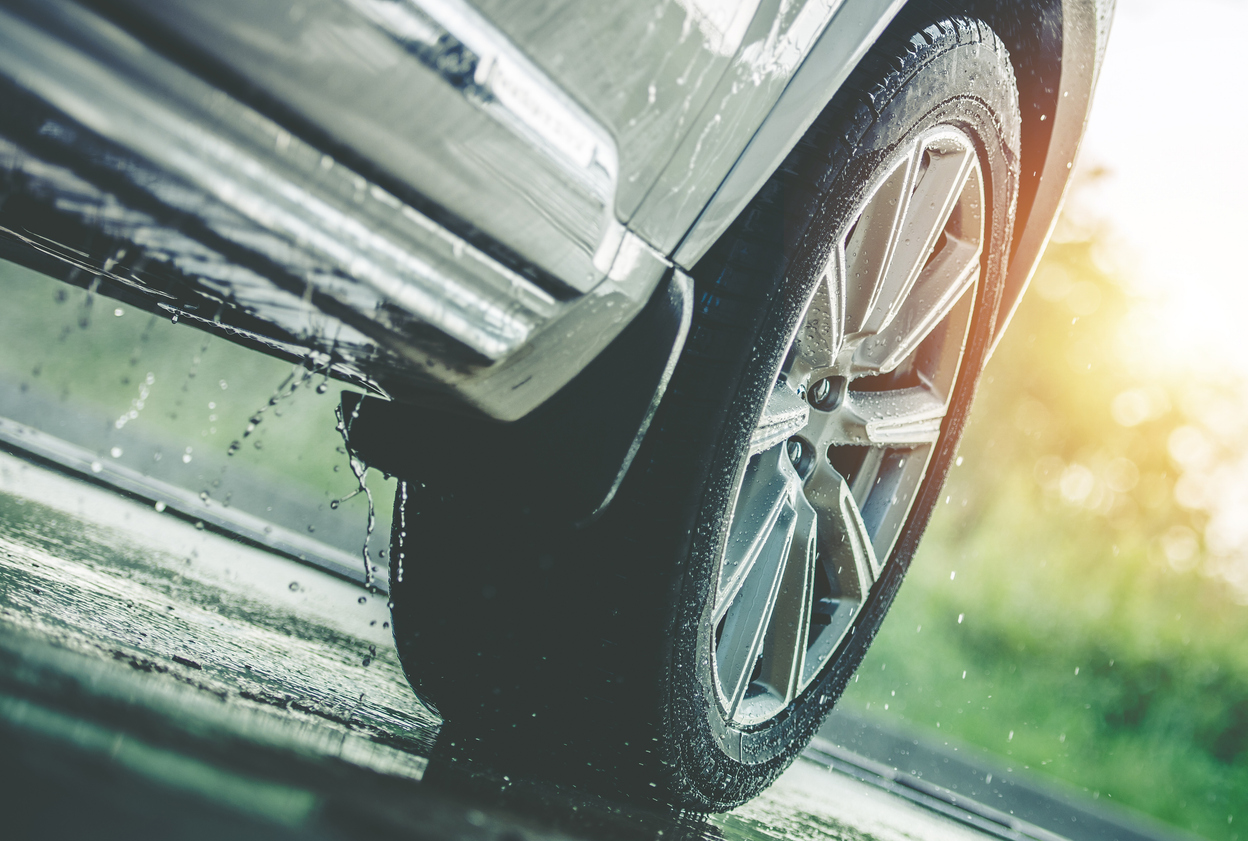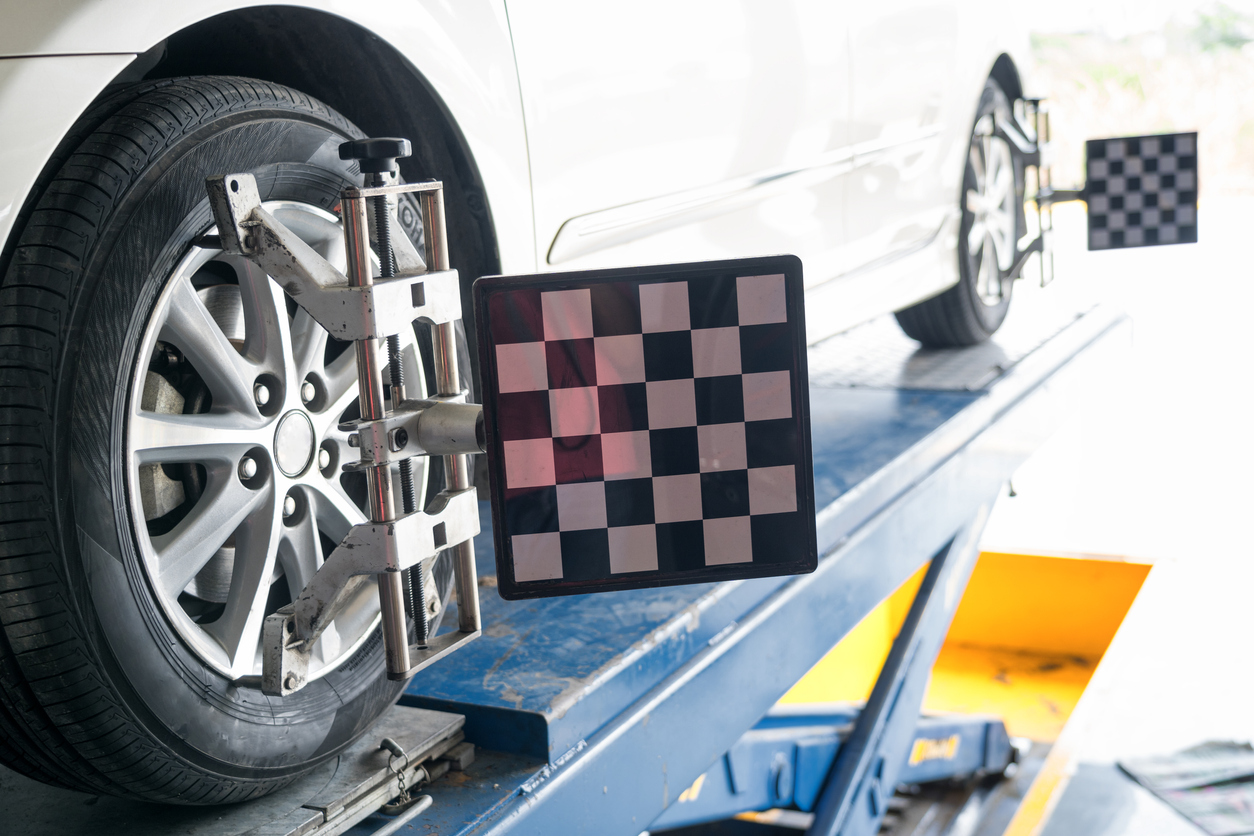It’s never much fun, having to purchase new tyres when they wear out. But what’s the big deal with worn out tyres anyway?
Tyre tread patterns aren’t just for looks; they are crucial for driving safety and predictable handling across a variety of conditions.
If you picture a ‘racecar’, most people will jump straight to Formula 1, where the dry-weather tyres have no tread at all, referred to as ‘slicks’, and they don’t seem to be short on grip. The issue is that the roads most of us drive on tend to vary in condition and quality much more than a racetrack. When conditions are wet, even F1 drivers will be racing on ‘wet weather’ tyres which do indeed have a pattern of grooves and sipes.
Here’s our guide on tyre tread depth, why it matters and how you can check your tyre tread depth yourself!
Why Tyres Have Tread and What Depth It Is From New
When discussing tyre treads, we’re referring to the pattern of grooves, lines, cuts and patterns that make up the ‘face’ of the tyre that contacts the road surface when you drive.
The primary function of tyre treads is to provide traction across varying surfaces and conditions. The grooves within the tread help to channel water away from the tyre, reducing the risk of hydroplaning in wet conditions.
Typically the average new tyre will have between 8 and 9 millimetres of tread depth, with the legal minimum tread being 1.5 millimetres at any point across the tyre. The ability of the tyre tread to displace water from under the tyre starts to diminish at roughly 3mm of tread depth, depending on the weight of the vehicle, the tyre and the speed you’re travelling, so if you frequently drive in wet conditions, it’s safest to replace your tyres before they reach the minimum legal tread depth.

What Causes Tyres Tread to Wear Out
If worn out tyres are bad, how can they be avoided? Put simply, it’s impossible to completely avoid tyre damage, even if you don’t even drive your car.
During normal use, tyres can wear down over time, simply due to the friction between your tyres and the road surface.
Aside from normal wear and tear, there are several ways that tyres can be worn out prematurely or unevenly:
- Incorrect tyre pressure
- A bad wheel alignment
- An aggressive driving style
- Road conditions
At any point, if you want more information on the condition of your tyres, bring your vehicle in to your local Tyrepower store and the staff can provide a free tyre health check and visual inspection.
The Dangers of Low Tread Depth and Worn Out Tyres
Tyres that are bald or have low tread depth can pose significant risks in wet, rainy, icy and loose conditions.
Lack of traction doesn’t just cause issues accelerating, it affects steering and braking distances, too.
Worn out tyres are more susceptible to damage from punctures and debris on the road.
The risk of aquaplaning increases drastically at tread depths of around 3 millimetres or less.
How Can the Reader Check Their Own Tyre Tread and How Often
By now, it’s clear that worn out tyres can pose a significant hazard to drivers, but thankfully it’s easy to check your own tyres before a long drive or while getting ready for a weekend away.
A dedicated gauge is the easiest and most accurate way to measure your tread, but it's possible to use a smaller ruler or even a 20c coin.
Checking your front tyres is easy, simply turn your steering wheel fully to one side of the other, turn the vehicle off and head over to your tyres with your measuring implement of choice.
Tyre tread depth should be measured at 3 points at a minimum. Measure the centre of your tyre tread as well as towards the inside and outside shoulders of the tyre. Remember that if the middle and outer edges of your tyres look great, but your inside should is worn or bald, you’re still running the risk of a fine, loss of control, or even cancelled insurance, should an accident occur.
Many tyres come with tread wear indicators that are built right into the tread pattern of the tyre. Look for these features in your tyre tread to make tool-free assessments on how much tyre lifespan is remaining.
Tyrepower recommends looking at your tyre tread depth at least once a month and before long trips. A great time to do this is when you’re washing your car and giving it some extra attention anyway.
Don’t risk your safety with bald tyres
Your tyres are your only point of contact with the road surface, and all of the acceleration, steering and braking forces rely on your tyres having grip. Keeping an eye on the condition of your tyres not only ensures your safety but also optimizes your vehicle’s performance.
If you're unsure about the condition of your tyres or need professional advice, contact your nearest Tyrepower store. We offer a range of services including purchasing new tyres, puncture repairs, free tyre checks, and expert tyre advice.
Ensure your tyres are ready to take you wherever you need to go safely and efficiently, and drop in to your local Tyrepower today!



























